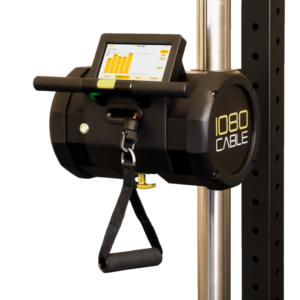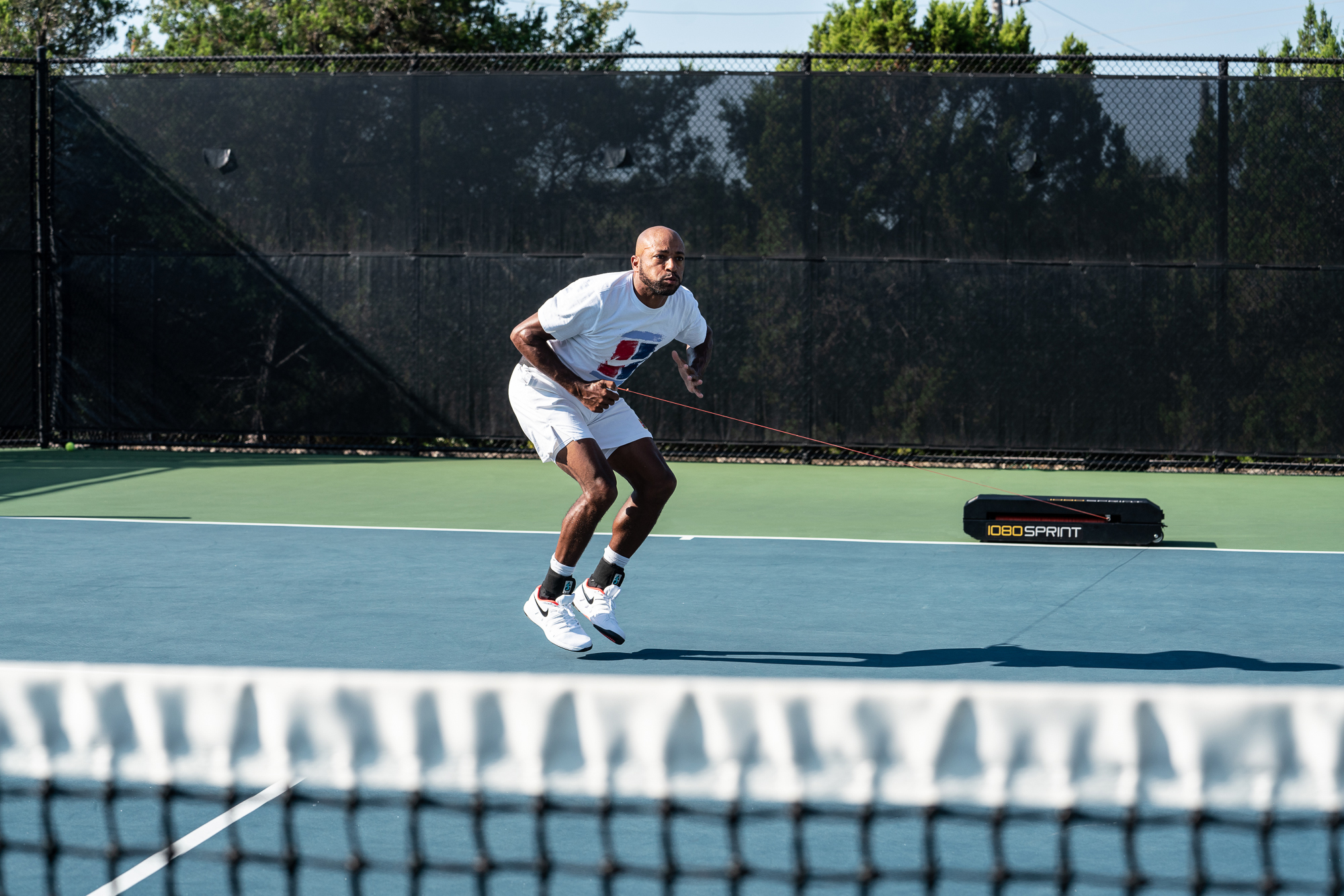Tennis is a symphony of skill, strategy, and sheer athleticism. Play consists of repetitive short (5-10 seconds) of high-intensity sprints where each play strikes the ball 2-3 times per rally and changes direction 3-5 times in the course of a point. Tracking data from the 2022 U.S. Open showed Fernanda Contreras Gomez recorded 1,478 feet of high-speed distance and 926 explosive movements while battling through 71 games played over eight sets. For one individual point, Emilo Gomez and Brandon Holt tallied 33 explosive movements! Thus, far beyond the precision of strokes and strategic finesse, acceleration and speed are key factors that can propel an athlete’s game to unparalleled heights.
Nobody knows this better than Alistair Murphy, Applied Sports Scientist at Tennis Australia.
We sat down with Alistair in-between matches at this year’s Australian Open, where several of the athlete’s he trains are competing. Here’s some insights from the conversation including some impressive work on the relationship between deceleration data and performance/shot accuracy, and how the athletes use biofeedback in the training.
Q: How are you currently using the 1080 Sprint?
A: We currently use the 1080 Sprint in the gym and on the tennis court for both testing and training. In particular, for testing we focus on linear sprint (12m distance for Force-Velocity profiling, but paying close attention to the 5m-8m data since this is a key distance in tennis), assisted 505 change-of-direction (manipulating the assisted load to understand force acceptance capabilities), and horizontal jump variations.
We will largely use these same testing protocols for training. In addition, we also look at more specific questions such as return of serve stance width and technique, and also first step acceleration feedback.
Q: How do you relay this data and feedback to the athletes?
A: We display the data from the 1080 Sprint on a big screen TV in the gym for training sessions (and testing), so that the athletes can coach themselves in the properties of their run, jump or COD.
Q: Given the increased role of technology in tennis, how about other data streams that you may use in conjunction with the 1080?
A: Yes, we also are looking at our other on-court training and match data sources such as our tracking system called HawkEye and Catapult GPS accelerometry to combine these acceleration and COD capabilities in a match/training scenario to the gym. We collate and visualise this data in R.
This might inform us what velocities an athlete can reach in a match repeatedly (peak speed in meters/sec), and where they begin to struggle to change direction or execute their end range ground strokes (% drop off criteria). Then we interpret the forces required and simulate them in the gym using the 1080 Sprint.
Q: Do you have any future plans for implementing 1080 Motion into the Tennis Australia performance program?
A: Yes, for sure. We have the new 1080 Cable on the way soon.

Our entire strength & conditioning staff and medical team are very excited to incorporate it given the versatility of the product for all kinds of exercise prescription and rehab (i.e., shoulder loading prescription).






























































